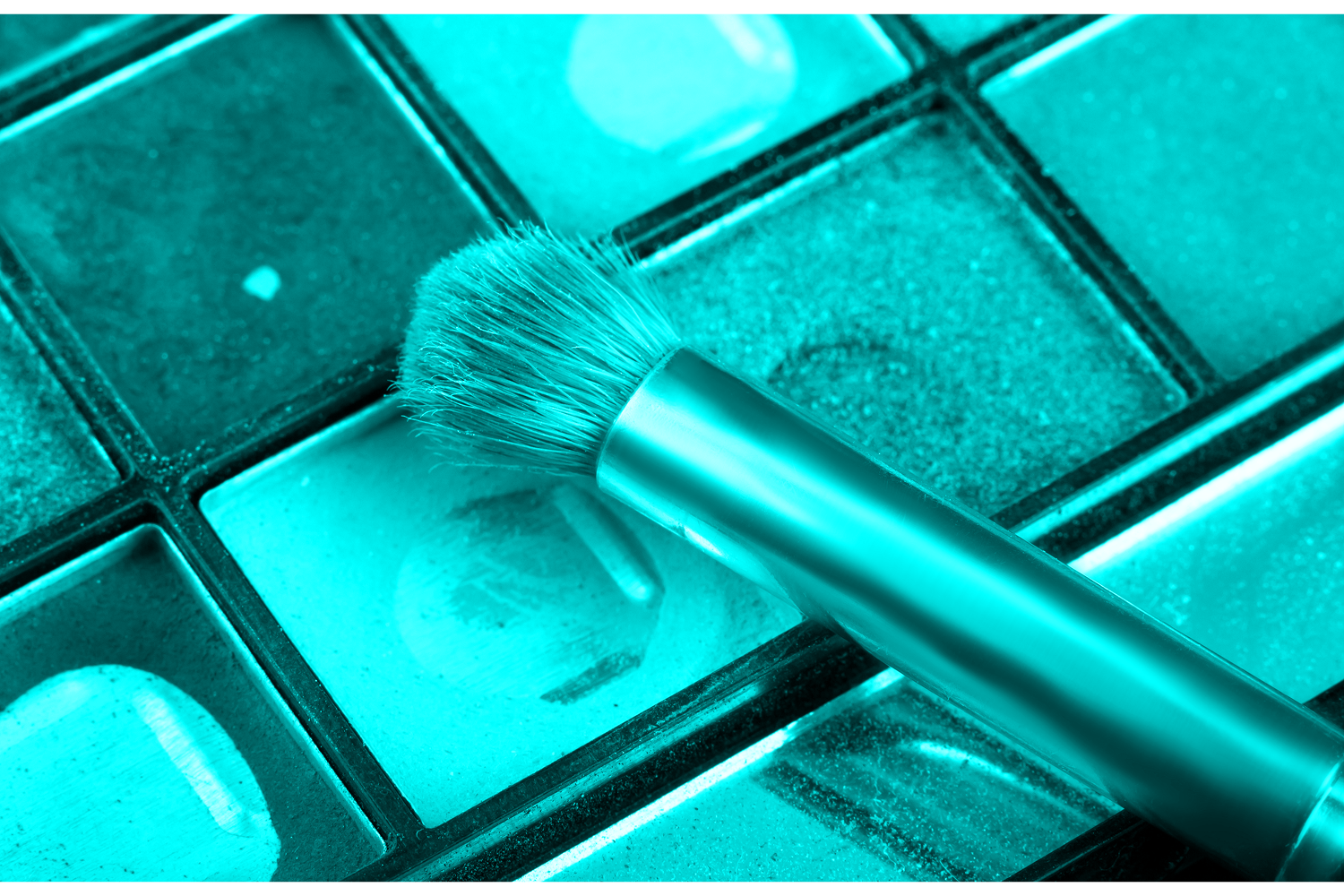If we can start thinking about the holiday season as early as August, then it’s perfectly reasonable to start eyeing our New Year’s Resolutions before Halloween. And, for anyone looking to be a little gentler on the planet, one movement worth considering is Project Pan—a social-media challenge that tackles overconsumption by encouraging people to use beauty and personal care products they already own before buying new.
The name comes from the goal of the challenge: to “hit pan,” or use a makeup product, such as a blush or eyeshadow or bronzer, until the metal pan at the bottom of the packaging shows through. Though pans technically exist only in makeup, you can see how the concept applies across categories, from lotions and serums to shampoos and hair gels.
What makes Project Pan tick
Unlike many viral trends, Project Pan has shown real staying power. Its roots race back to 2010, but it caught on with fresh fervor in the last couple years as a pushback against the swell of social-media hauls and influencer unboxings. The result of this seemingly unending flood of “must haves,” consumer psychologists have found, is an unsustainable level of consumption.
“Trends tend to be shaped by the cyclical nature of consumption in our culture,” says Aidan Moir, a communications researcher who studies anti-consumption trends on social media. Project Pan urges people to ask: What if we actually finished what we already own?
The question hits a nerve. Social media has fueled never-before-seen levels of beauty spending, with 4 in 10 people saying social media has contributed to them buying more, according to a LendingTree survey. The average American now drops close to $900 on beauty and personal care products every year, a total that has led around one-quarter of people to go into debt.
And then there’s the garbage. The beauty industry produces around 120 billion items a year, many encased in unrecyclable packaging, up from 76 billion in 2018.
When companies convince us that their products are something they not just need but deserve, that can be a hard link to break. “Since the pandemic, a lot of beauty marketing has been wrapped up in self care and that sort of personal enjoyment,” Moir says. “Skincare has been one of the major beauty lines that have been marketed this way.”
Trends like Project Pan offer the chance to soften both the eco(nomic) and eco(logical) blows while still participating in a community. On Reddit alone, roughly 30,000 weekly visitors swap tips and encouragement and photos of themselves proudly showcasing their beauty empties. ”Content creators want to become more sustainable,” Moir notes, ”which is really interesting because many of the brands that were popular among the influencers relied on a lot of viral marketing to become what they are.”
As far as social-media challenges go, Moir and decluttering experts agree that Project Pan is worthwhile. “It’s always important to be cognizant of what we’re buying and how quickly we’re going through products,” she says.
Considering the challenge? Here’s what to know to get started:
Tips for getting started with Project Pan
Start small if you feel overwhelmed. Project Pan can apply to your entire beauty cupboard—hair care, makeup, skincare, and more—which means trying to winnow it all down at once could feel overwhelming. If working through it all starts to give you the sweats, try focusing on a specific category.
Donate what you won’t use. If you have unopened or barely used products that aren’t among your favorites, consider sending them to an outfit like Project Beauty Share. They have drop-off locations in the Pacific Northwest, or you can ship them what you’ve got via USPS.
Watch your eyes. Avoid applying the Project Pan approach with products that come in close contact with your eyes like mascaras and eyeliners, advises Allison Kent-Gunn, a consultant who works in beauty packaging. Our eyes are sensitive and particularly prone to irritation and infection, and mascara wands are especially prone to cross-contamination.
Understand expiration dates. A lot of products will have a “period after opening” (or PAO) symbol on the packaging. Usually styled as a small jar with number inside it, it indicates how long a product will remain good once the seal’s cracked. For instance, a “12M” indicates that it’s still kosher for a year. If you tossed the packaging, you can consult a guide like this one to get a sense of how long a range of categories typically last.
Know when something’s bad. Just like with food, you can also use your senses to tell when a formula’s gone “off.” Some telltale signs it’s time to make like Elsa and let it go: a shift in color, any separation or change in texture, or a noticeable difference in smell. Kent-Gunn also notes that products marketed as “clean” might not be the best to hang onto for too long, as they tend not to have the preservatives that lead to longevity.
Take care of what you’ve got. The way you store products can also extend their lifespan. Keep items in a dark place—like a cabinet or drawer—at room temperature; ensure lids are all fastened tight to prevent drying or exposure to the elements; and always wash your hands before you use anything.
Get creative about getting every drop. Packaging can sneakily make a portion of what’s inside inaccessible. The popular EOS lotion has become a poster child for this: The bottle’s included pump isn’t long enough to reach the bottom of the vessel, leaving untold ounces of product to languish. Sometimes getting every last bit out of a bottle is as simple as changing the cap (i.e., trading a pump for a squeeze nozzle) or turning the package upside-down to get whatever’s inside to collect where it’s easier to get.

